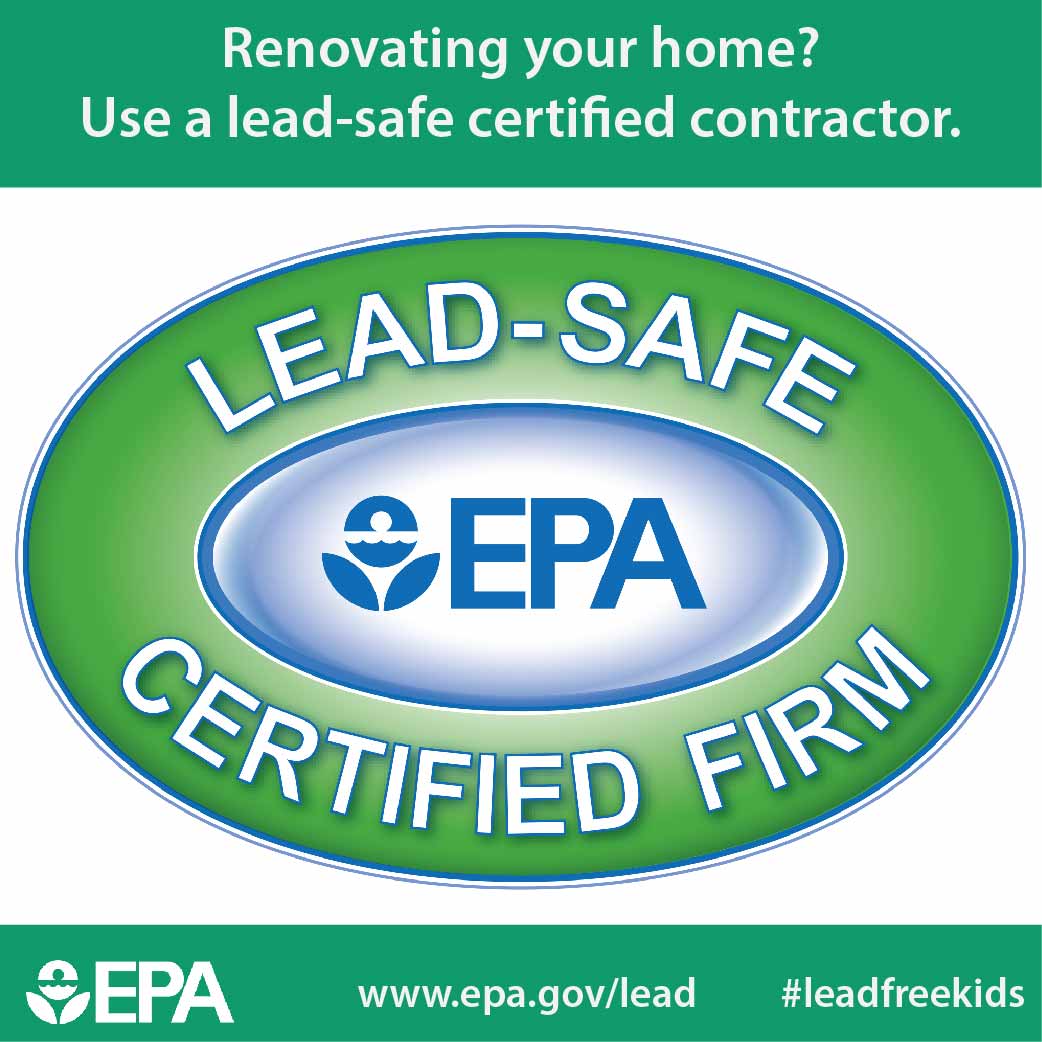Discover The Effect Of Seasonal Components On The Performance Of Industrial Exterior Painting And Identify The Optimum Times To Achieve Enduring Outcomes For Your Job
Discover The Effect Of Seasonal Components On The Performance Of Industrial Exterior Painting And Identify The Optimum Times To Achieve Enduring Outcomes For Your Job
Blog Article
Short Article Created By-Carlson Chaney
When you're preparing a commercial external painting task, seasonal factors can make or break your results. You'll intend to take into consideration just how temperature level and humidity impact paint application and drying times. Choosing the ideal period can guarantee your paint sticks effectively and lasts longer. But which seasons are truly the very best for this sort of job? Allow's discover the key elements that can influence your task's success.
The Effect of Temperature Level on Paint Application
When you're intending an industrial external painting project, the temperature level can substantially influence exactly how well the paint sticks and dries.
Ideally, you intend to paint when temperature levels vary between 50 ° F and 85 ° F. If it's too chilly, the paint may not heal effectively, resulting in issues like peeling off or fracturing.
On the flip side, if it's too warm, the paint can dry as well promptly, protecting against appropriate attachment and resulting in an irregular finish.
You must also take into consideration the moment of day; early morning or late afternoon supplies cooler temperature levels, which can be more beneficial.
Constantly inspect the manufacturer's suggestions for the particular paint you're using, as they frequently supply support on the perfect temperature level range for optimal results.
Moisture and Its Effect on Drying Times
Temperature level isn't the only ecological aspect that influences your business external paint project; humidity plays a considerable duty as well. High humidity levels can decrease drying out times significantly, impacting the general high quality of your paint task.
When the air is filled with moisture, the paint takes longer to cure, which can bring about problems like inadequate bond and a greater threat of mildew growth. If you're painting on a particularly moist day, be gotten ready for extended delay times in between coats.
It's important to keep an eye on local weather and strategy as necessary. Preferably, multi family painters for moisture degrees in between 40% and 70% for ideal drying out.
Maintaining these factors in mind guarantees your job remains on track and provides an enduring coating.
Best Seasons for Commercial Exterior Paint Projects
What's the very best time of year for your commercial outside paint jobs?
Springtime and very early autumn are commonly your best bets. During these periods, temperatures are mild, and moisture levels are often reduced, developing suitable problems for paint application and drying.
Stay clear of summertime's intense heat, which can cause paint to dry also quickly, bring about bad adhesion and coating. Likewise, winter months's chilly temperature levels can hinder appropriate drying out and treating, risking the durability of your paint work.
Go for days with temperatures between 50 ° F and 85 ° F for optimum results. Keep in mind to inspect the local weather forecast for rain, as wet conditions can ruin your task.
Planning around these elements guarantees your paint task runs efficiently and lasts much longer.
Verdict
Finally, planning your commercial external painting projects around seasonal considerations can make a considerable distinction in the outcome. By https://www.marthastewart.com/8355973/bedroom-paint-color-trends throughout the perfect temperatures and moisture degrees, you'll make certain better bond and drying times. Remember to watch on neighborhood weather report and choose the right time of year-- springtime and very early fall are your best options. Taking these actions will aid you achieve a durable and specialist coating that lasts.
